A continuation of my earlier science testing in Minecraft, I worked on a few things requested and retouched on TNT as there was suggestion of possible (and confirmed) altered circumstances.
Previously, I worked out the science of TNT, Items and Players, and this time I sought to make improvements on the previous and to discover a few other elements that had not been explored.
First, I revisited TNT and then sought to test a few things suggested by my subscribers.
A complete review of results.
TNT - a Recap and Altered Circumstances
After testing TNT last time (see link above) I was advised that adding a block above and/or arround tnt might change its fall distance. This was found to be correct and it was discovered that in 4 seconds (the time of the fuse) that TNT fell a total of 79 blocks. This is as opposed to the previously accepted 73 from my previous tests, which did not include the blocks around the TNT.
OVERALL, these are the facts that count
TNT will fall for a total of 73 blocks if un restricted and 79 if restricted. The Velocity at it's explosion (79) was measured at 19.75b/s^-1 with a vertical acceleration of 4.937b/s^2
Water and Items
The second test performed tested the slowing speed of items through water, it was discovered with a number of tests that water did not slow down the speed at which items fell. This was not the perceived outcome and further testing may need to be done to see the slowing of other things through it.
Water and Lava (Single Channel)
It was measured that water, when dropped, fell 1 block every 14th of a second. The velocity of water, regardless of height, measured in at 4.2b/s^-1.
Lava, on the other hand, drops one block every 1:15 seconds (1 second and a 15th of a second) with a downward velocity of 0.627b/s^-1 regardless of the height it falls.
Water, and lava, both share a unique property and that is that they are subject to something known as Absolute speed.
Absolute speed is best understood when referencing a car. When you drive in a car and accelerate to '60 MPH/KMH, the car accelerates to get to that speed, but then stops accelerating. Acceleration is an increase in speed over time and when the velocity/speed does not change, the acceleration is 0.
Water accelerates to 4.2b/s^-1, but then stops accelerating. Lava, likewise, accelerates to 0.627b/s^-1 and then stops accelerating.
Recede Speeds
It doesn't take a brain surgeon to note that the recede time and the fall time are different for both lava and water compared respectively to their fall speeds. It must also be noted that the more of it there is together, the longer it takes to recede. More testing will be done with this in future, but at 1 wide, these are the measured facts.
Lava recedes at 0.652b/s^-1, which is a little faster than its fall speed, but only at 1 wide. I hypothesize an exponential difference with lava and its recede speed relative to the volume of the lava blocks that are connected horizontally.
Water recedes at 4.50b/s^-1 and I don't imagine has the same properties as lava with the slowed recession time given multiple blocks, but more testing will be done to validate this hypothesis.
BOATS and Gravity
After dropping boats at 10, 30, 50, 70, and 90 block heights, it was discovered that boats fall with an acceleration of 2.974b/s^2
I realized afterward that I had read out the acceleration wrong, but it was too late by then... I read out a velocity...
This was difficult to test given the boat hit box size. After a number of tests and much frustration I was able to come to conclusive estimates of acceleration and so forth.
Measured results: (I have sprawled notes everywhere, I hope I haven't mixed up anything here)
70 Blocks - 12.915b/s^-1 5.42s
50 Blocks - 12.195b/s^-1 4.1s
30 Blocks - 10.87b/s^-1 2.76s
10 Blocks - 8.33b/s^-1
MINECARTS
Minecarts are a whole new breed of animal, I kinda expected originally that they would be the same as boats, but I was mistaken.
I tested three different cart sendoff's, the first was just a piston pushing the cart off an edge, the second a 1 long power rail, and the third, and 8 long rail line.
From some simple math I was able to determine that carts pushed off of a block and 1 long off of a rail will fall at the same rate. The rate at which it took the first two to fall 10 blocks was 1.4 seconds with a velocity of 7.14b/s^-1 and an acceleration of 4.46b/s^2
The cart pushed off of the rail entered the drop with an initial velocity and so was measured differently. It was shown, from these tests, that not all horizontal velocity is lost when forced to go completely vertical and the cart hit the ground at 9b/s^-1 taking 1.11s to make its fall.
The speed the cart attained on its 8 block boost was a velocity of 7.54b/s^-1 and an acceleration of 7.11b/s^2. It took a total of 1.06s for the cart to go from its launch location to where it fell.
This concludes another episode of MC Science, thanks for reading!
Just updated your iPhone? You'll find new emoji, enhanced security, podcast transcripts, Apple Cash virtual numbers, and other useful features. There are even new additions hidden within Safari. Find out what's new and changed on your iPhone with the iOS 17.4 update.



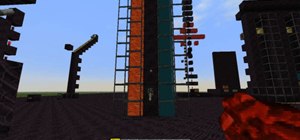
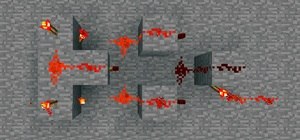
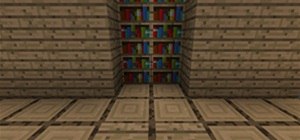
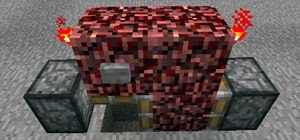
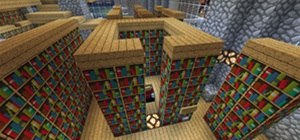
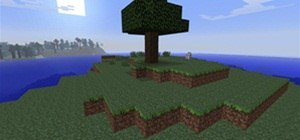
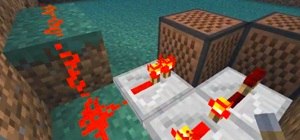
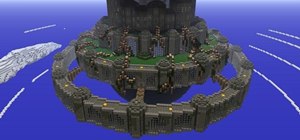
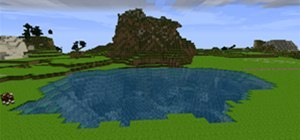

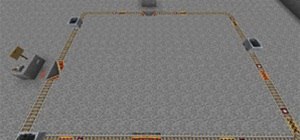
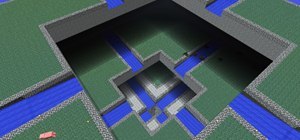
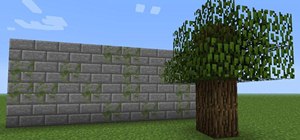

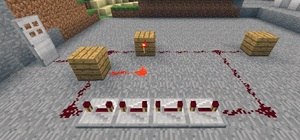
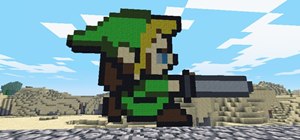
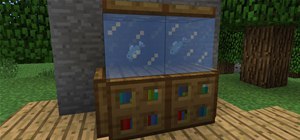
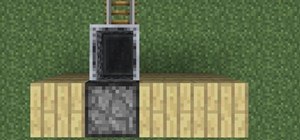
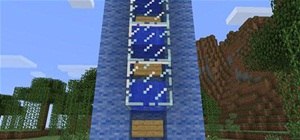
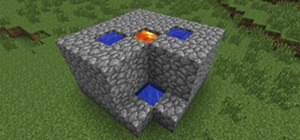
2 Comments
Wow, these are some really useful figures! Great work, Steve!
Thanks mate! If you have any suggestions for things to test let me know! I'll probably make another round of tests before I go on holidays.
Share Your Thoughts